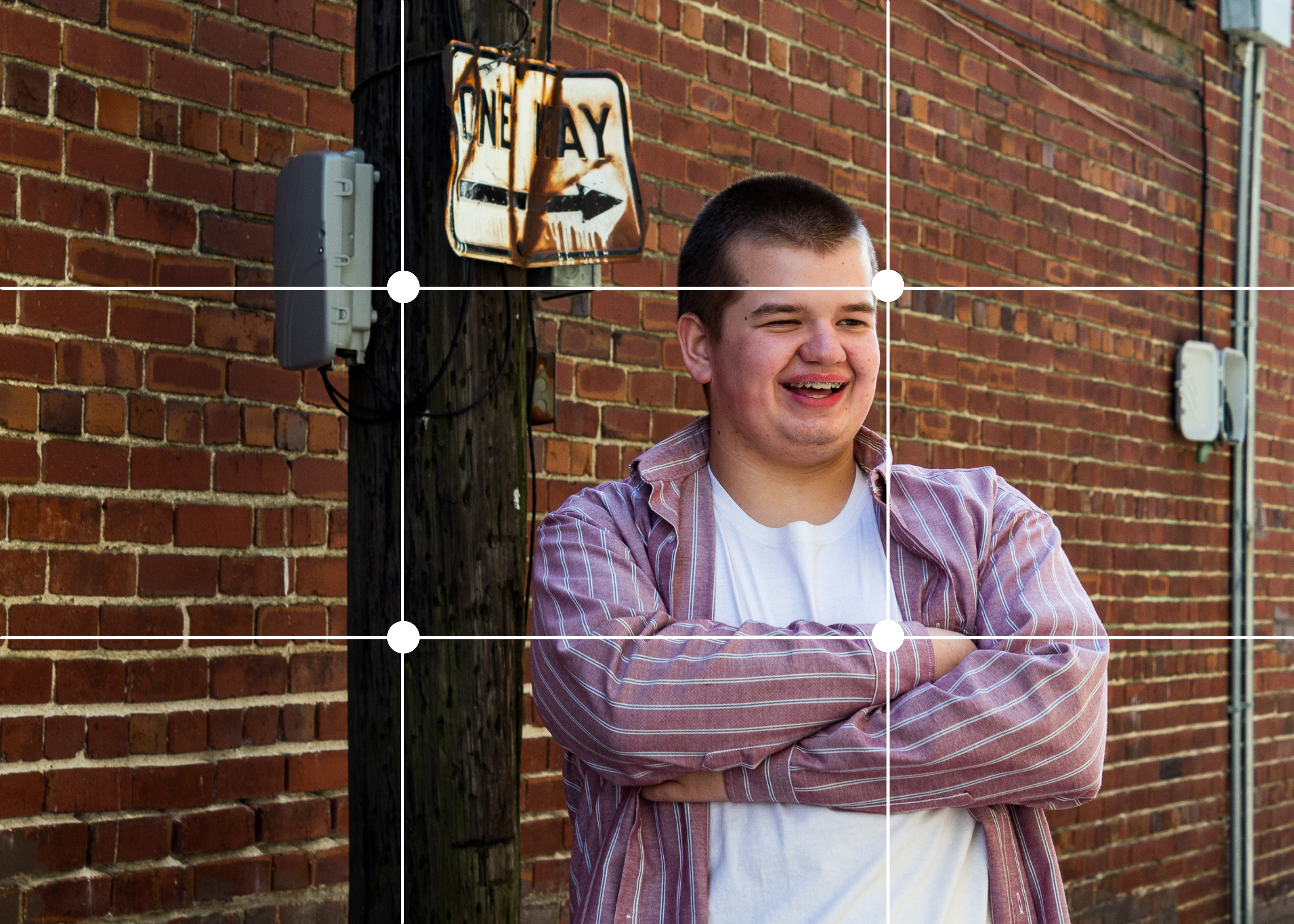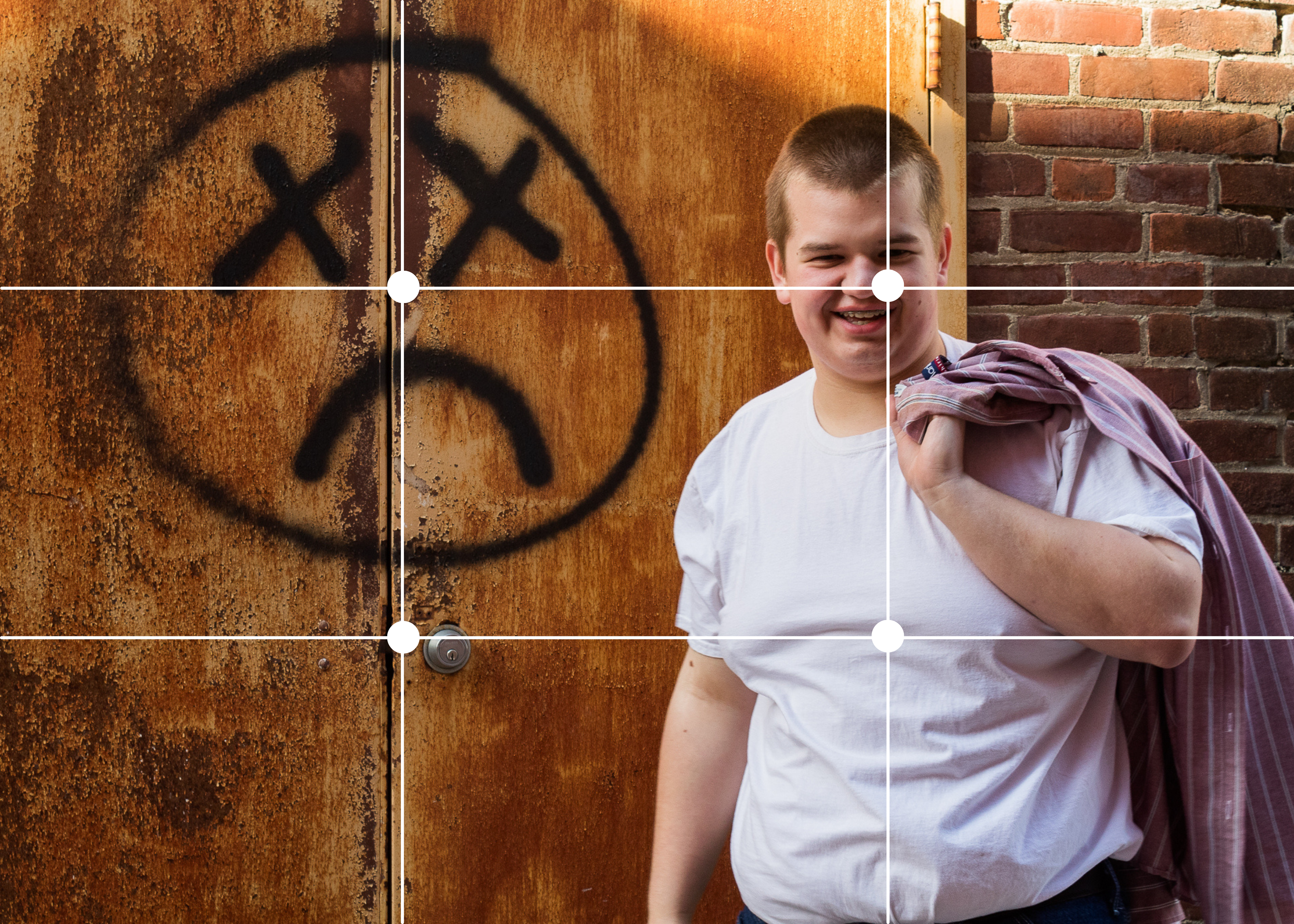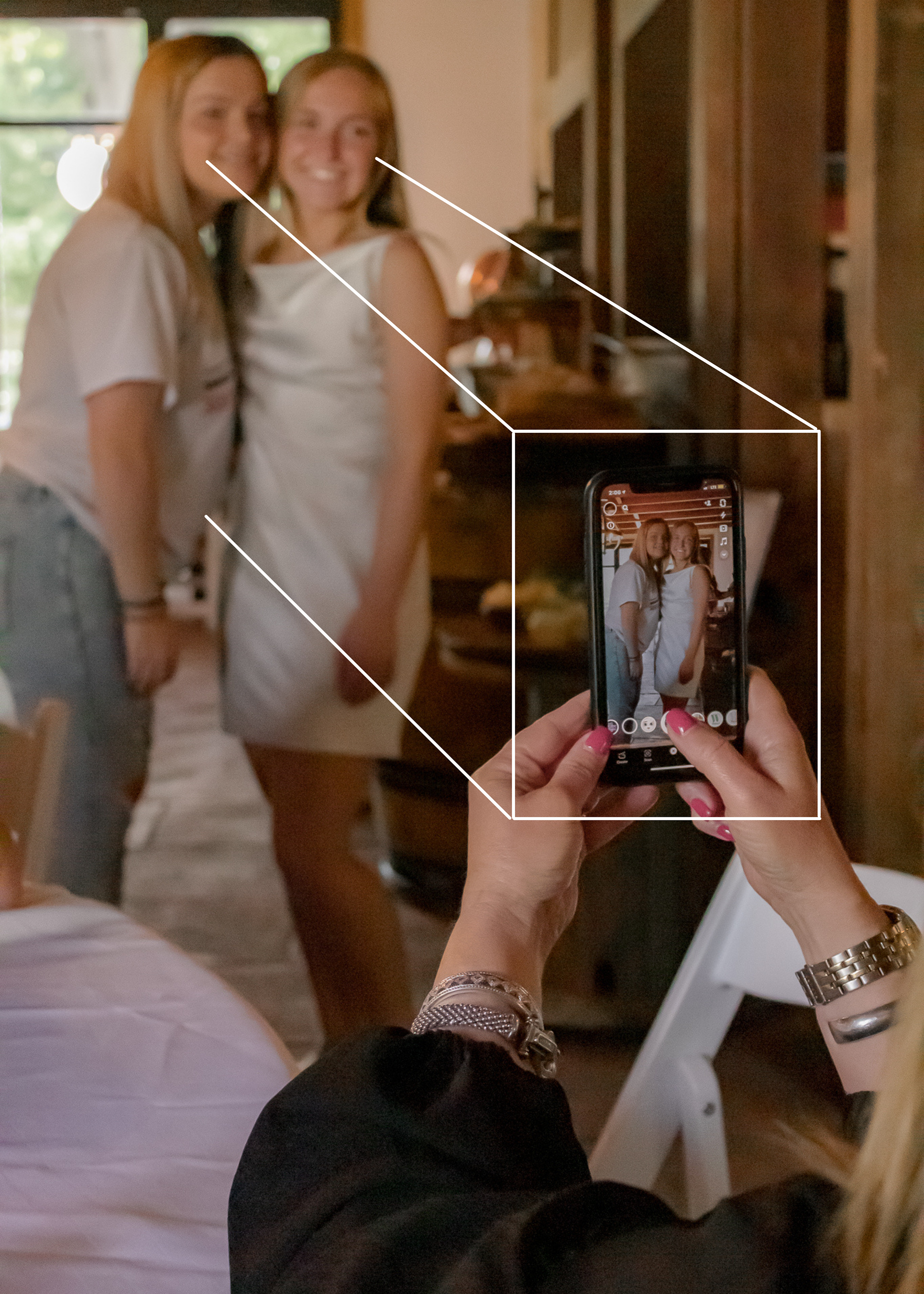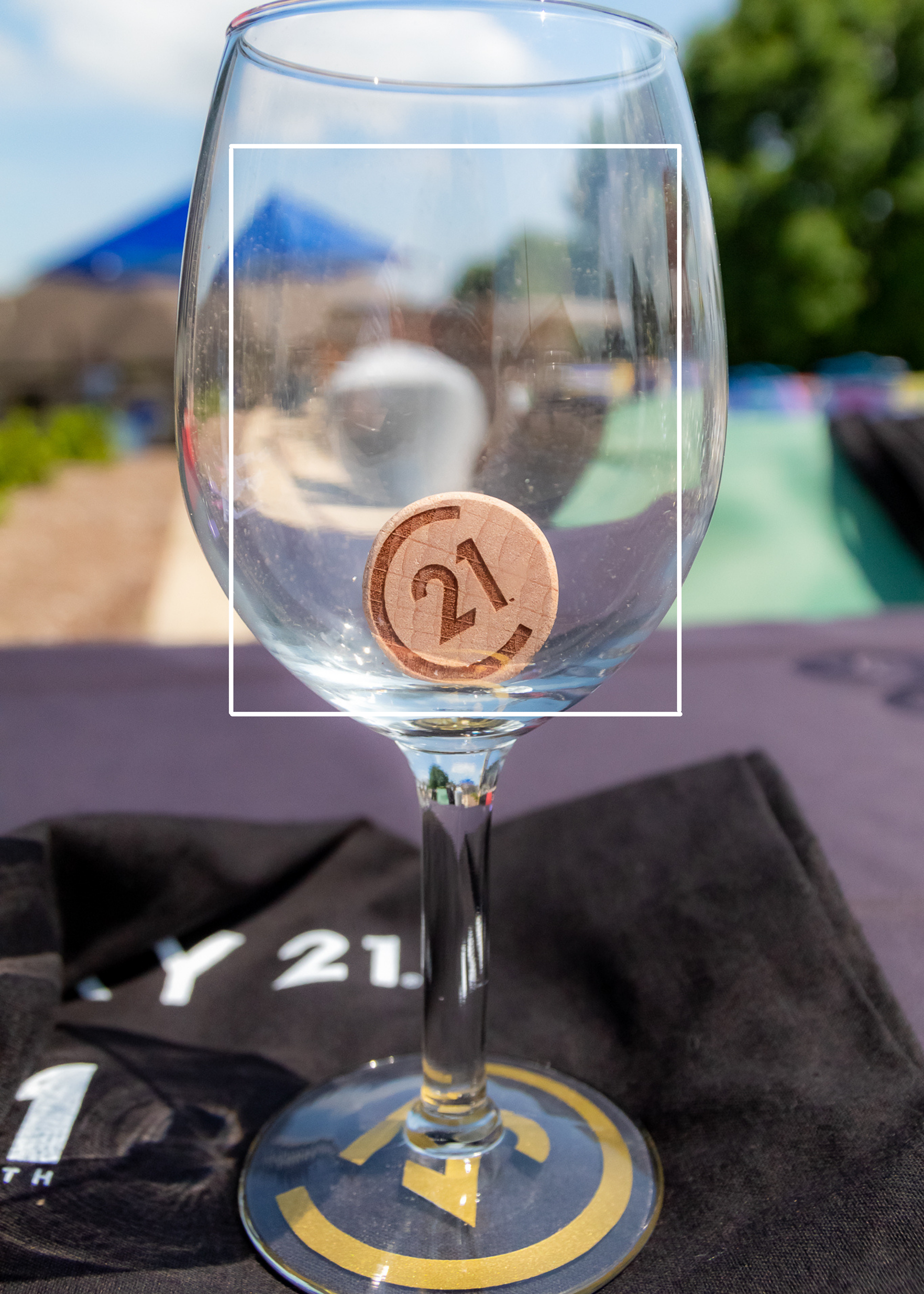Rylie Daisha Mayfield is a young, talented marketing and nonprofit professional. A graduate of Indiana State University, Rylie studied business marketing, marketing management, and nonprofit leadership, obtaining her Bachelor of Science in May of 2020. By passion and trade, Rylie is a creative mind and storyteller. With experience in content creation, photography, art, and design, Rylie strives to help educate others on marketing to propel their brand shine.
Compelling Composition: Capturing Beautiful Photos
February 24, 2022
Blog Overview
No matter your photography tool or skill, great composition techniques will help you capture breathtaking shots. Whether you are a professional photographer, content creator, or just like to take pictures as a hobby, this blog has a host of advice for implementing simple composition techniques to improve your photos. This blog covers:
• The definition of photography composition.
• Using the rule of thirds, balance, leading lines, framing, and cropping in your photography.
• Advice for adjusting your viewpoint to grow your photography skill.
Whether you are a professional photographer, content creator, or like taking pictures as a hobby, you have likely experienced the joy of capturing a breathtaking shot. One of my favorite things is when I look at a photo preview on my LCD screen and think, “Wow, that photo is stunning”! I am here to tell you that simple techniques in photography composition can improve your shots drastically. Regardless of your skill level or tool, with the proper composition techniques, stunning photos are just a click away.
Composition, or the visual structure of a photo, is what brings life to our photography. When you bring together the natural elements of a scene in a way that is appealing to the human eye, your photo transforms from just another image to something magnificent. The true art form of photography focuses on bringing to life what we “see” in the world.
Not only are most composition techniques simple to implement once learned, but they transfer over to multiple photography methods. If you are using a DSLR (digital) camera, whether you are experienced or are learning, these composition techniques will apply. Likewise, these techniques also apply if you like to take photos using your mobile phone. I am a firm believer in embracing both a DSLR camera and mobile phone capture in my work, for different reasons.
Thankfully, composition techniques in photography are relatively simple. Defined below are the rule of thirds, balance, leading lines, framing, and cropping.
Photography Composition Techniques.
Rule of Thirds.
Simply put, the Golden Ratio is a mathematical ratio of naturally occurring harmony in nature. While I will spare you the mathematical details, our brains prefer objects and images that use the Golden Ratio. Canva has a great article that goes into more detail about using the Golden Ratio, which I have linked here.
Now to the simplified version of the Golden Ratio, the Rule of Thirds. When considering the rule of thirds in your photo, focus on capturing the primary elements of your image at intersections of a three-by-three grid. By placing focus on these intersections, you help guide the viewer’s eyes through your photo.
Consider these examples:

Notice the placement of the subject in reference to the grid intersections for the rule of thirds. You notice Devin and the fountain in the background.

Rogan leans on a light pole in this image. Both Rogan and the light pole are placed at intersections of the grid for the rule of thirds.

In this landscape, you focus on the pond and the treeline. Both of these subjects fall at intersections of the grid using the rule of thirds.

As Kailyn sits in front of this landmark, you are drawn to the intersections of the grid, drawing your eyes directly to our subject.

The intersections of the grid for the rule of thirds draw us to Rogan, and also the graffitied face on the door beside him.
Balance
Balance brings harmony to your image. A great way to think about balance is how the elements in your photo work together. Balance does not necessarily mean every element needs to be symmetrical, rather, the elements work together to create an aesthetic visual.
Here are some different types of balance:
Symmetrical balance is more formal. This form of balance places the primary subject at the center of the image, creating negative space around the primary element in the image. This is an easy form of balance to implement in your photos if you are new to photography.
Asymmetrical balance is informal, where the photographer deliberately places a subject or element in an image off-center position, leaving more negative space to one side of the image. Asymmetrical balance can be more challenging to capture, but with practice, can add unique aspects to your photos.
Color balance is also important in your photos. You can create more visual weight on a subject by being selective with your color. Using bold colors juxtaposed with neutral empty space, and vice versa can create a beautiful balance.

This photo of Mackenzie is both an example of symmetrical balance and color balance. Mackenzie is well placed with negative space around her, and also her outfit makes her stand out from the background.

This is a landscape example of symmetrical balance. The structure is centered and even, with negative space around the structure to make it stand out.

This photo is a great example of asymmetrical balance. The subject, or the legs, are off center leaving a beautiful balance between beach scene and person.

Another example of symmetrical balance and color balance. Devin is the main focus of this image, and his blue cap and gown make him stand out from the background.

Brandon sits off-center in this photo, with artwork in the background. This is an example of asymmetrical balance, as the balance is not centered, but it flows well.
Leading Lines.
Think of this technique as finding naturally occurring lines in your scene, and using them to guide a viewer through your photo. Utilize lines like sidewalks, skylines, lamp posts, or really anything that can provide a straight guiding line within the scene.
Here are some examples:

Notice how the natural lines of this cityscape lead your eyes to Rogan. There are many lines that bring your eyes to our subject here.

The natural path made by this bridge created a great way to set up a photo. Your eyes are drawn into the scene by the naturally occurring lines in the photo.

The sidewalk here made for an easy way to use leading lines. Your eyes are drawn down the sidewalk as if you are in the moment at Fairbanks Park.

We are led to Mackenzie in this image by leading lines. Notice how the angle of the concrete draws us to our subject.
Framing.
Similar to leading lines, framing your image can be a great way to draw attention to your subject. As the name suggests, you use natural elements in your scene like doorways, gaps between people, or any existing structure to create a “frame” for your primary subject.
Here are some examples:

I love to use phones as a framing method during my shoots. Notice how your eyes are drawn into the moment of this picture.

Here, Brandon is framed naturally by the architecture. Your eyes are able to focus on him as the subject within this natural frame.

The wine glass created a natural frame for this wine stopper. It created a unique way to capture this brand logo.

These sorority sisters are framed by the architecture of their house. You notice them framed in the moment of the photo.

Mackenzie is framed by the architecture of the window here. You are drawn to her in the photo by this natural frame.
Cropping.
Did you capture a great shot, but notice it is just a tad off? Thankfully, cropping is a great opportunity to make a slight adjustment that can create better composition after your photoshoot.
Here are some quick cropping ratios you can use, and examples of the same photo cropped so you can see the difference:
Remember to adjust your viewpoint and experiment to grow your photography skills.
Though composition is not the only element of photography, these composition techniques are a great way to get you started as you set up your shots.
Ultimately, remember to use these techniques as a guide, and always search for new viewpoints and experiment with your shots. Consider the following when you approach a new photo opportunity:
• Think about the scene you want to create. What is the purpose of your photo? What do you want someone to "see" when they look at your photo?
• Look up, down, and around. What is present in your scene, and how can you capture it in a new way?
• Think of the rule of thirds. How can you position your primary subject in a pleasing way?
• Observe natural elements and consider your balance, are there elements that stand out or colors that will help make your photo pop?
• Look for natural paths and lines. How can you visually guide someone through your photo?
• Are there framing opportunities? Can you use natural structures to depict your primary subject in a new light?
• Lastly, get creative! Try new angles, lighting, and funny things with composition as your guide. You may fall in love with a new strategy!
I find that each time I pick up my camera, I grow in my photography skill. When you take time to observe your scene in new ways, you will discover new opportunities. Now, go out and capture some compelling photos with your new knowledge of composition!
